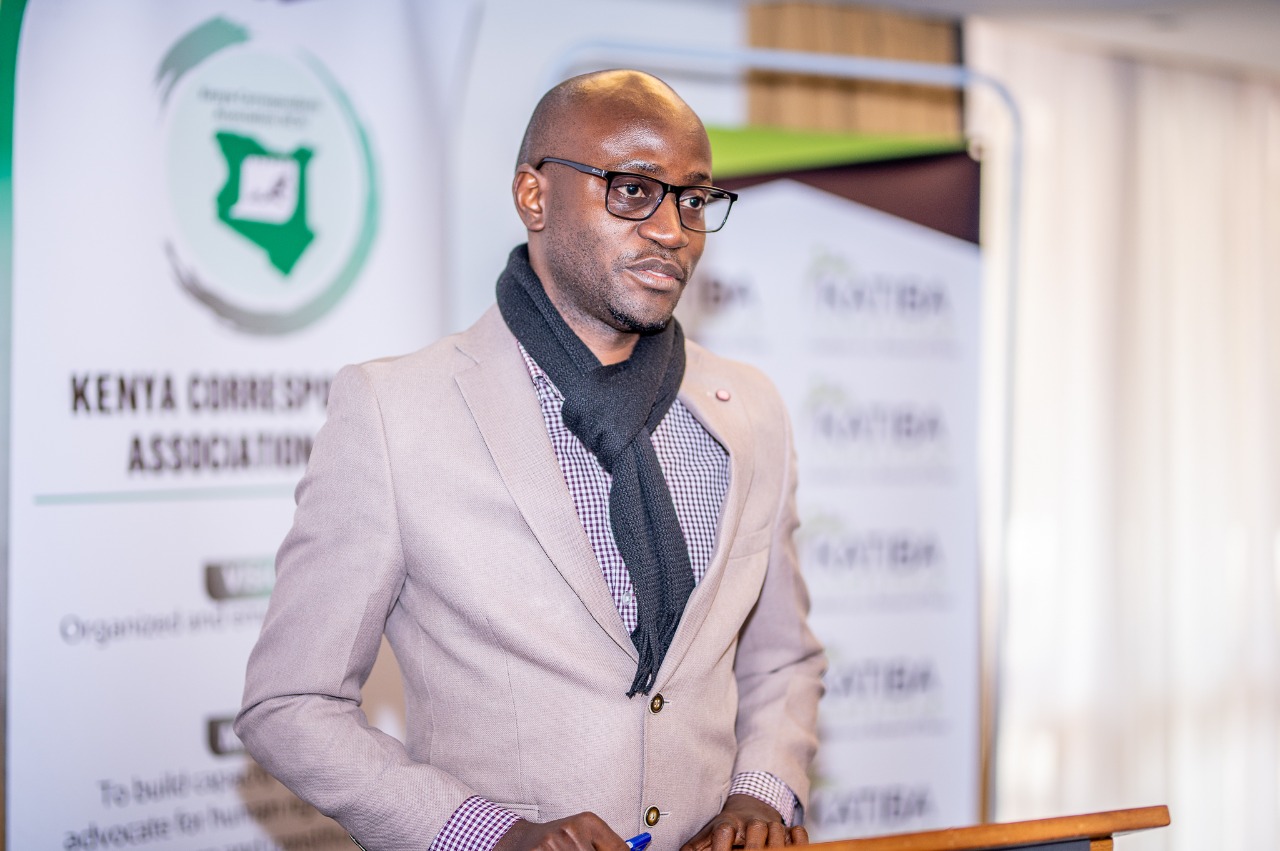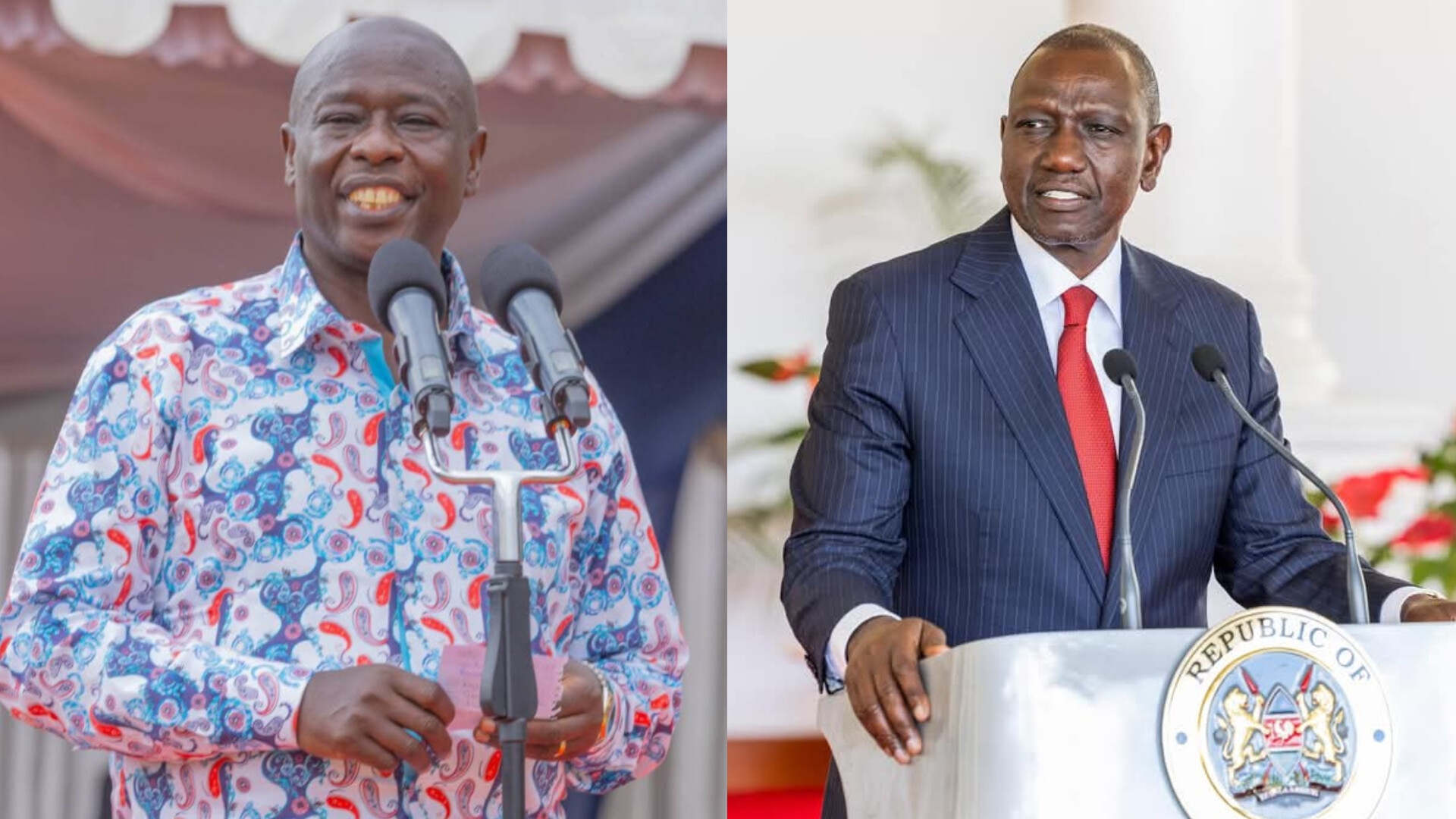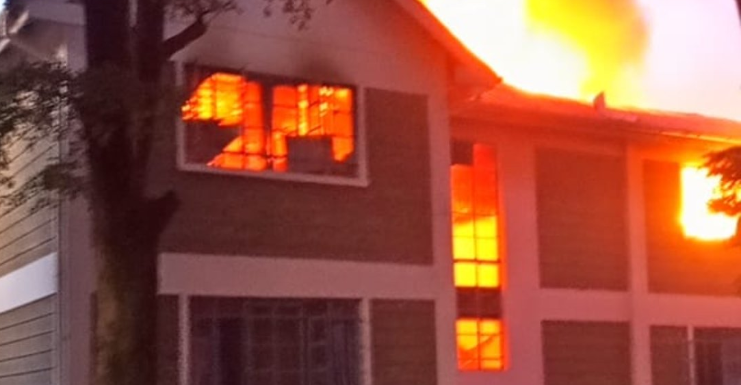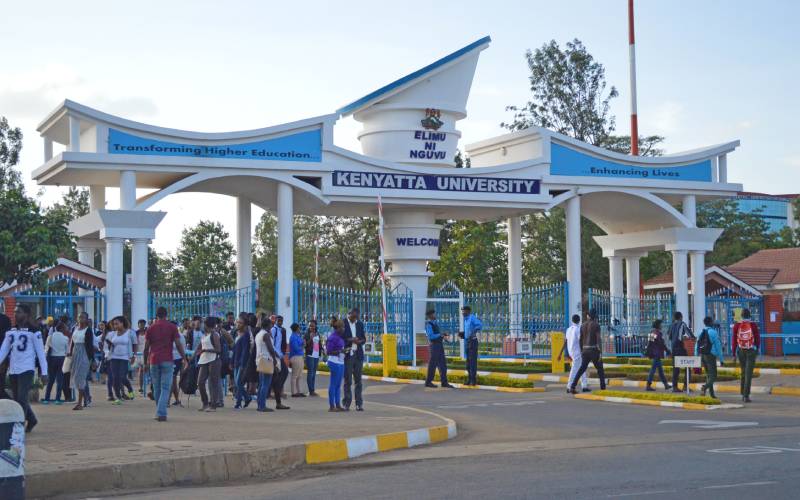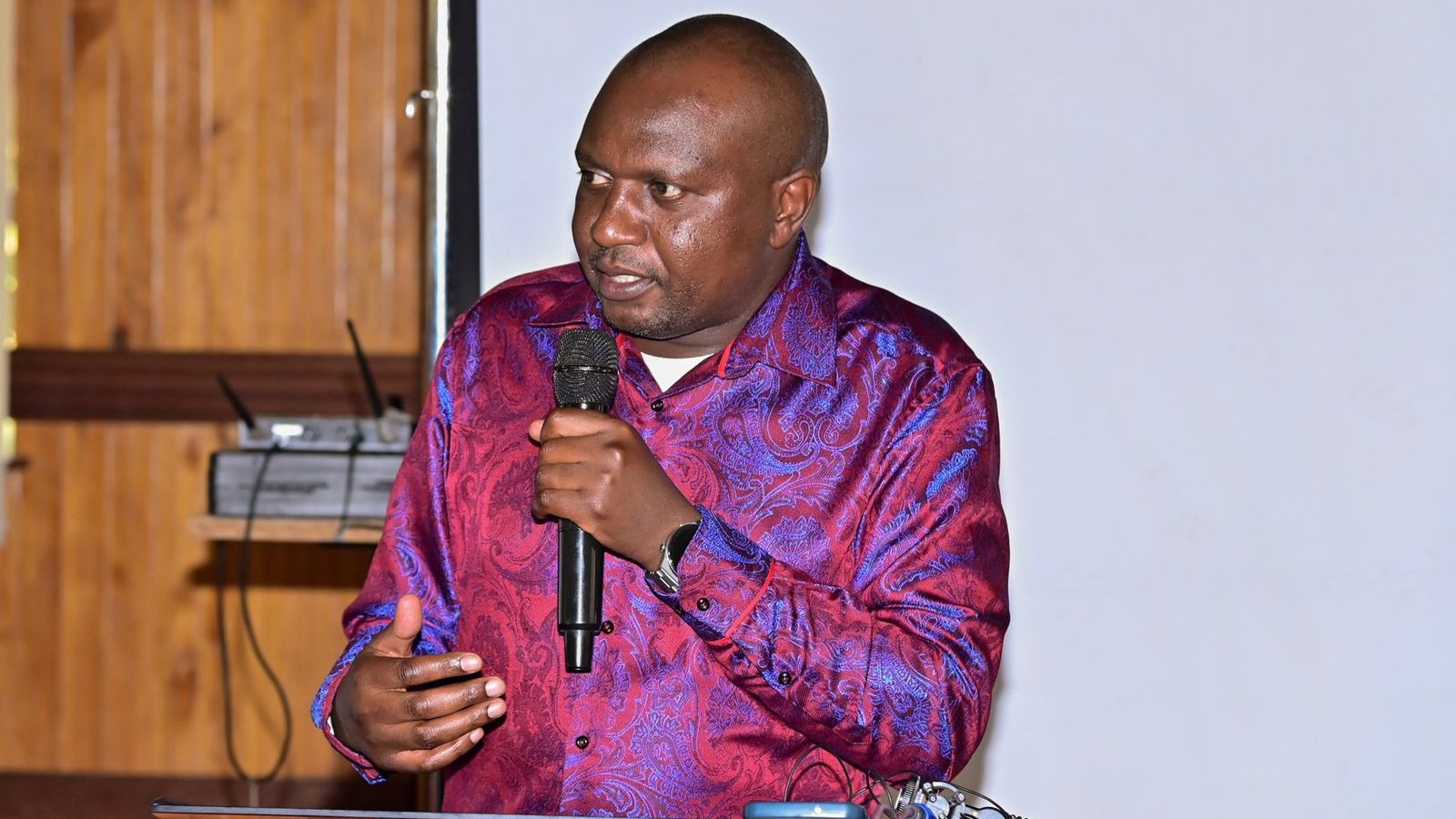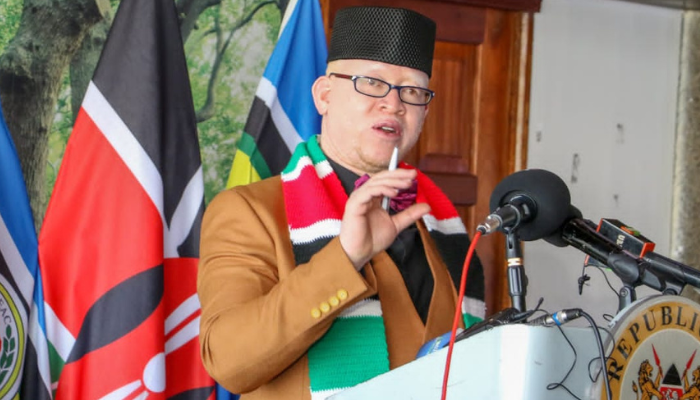In our segment of #KenyaWomenSeries, we feature, Maryana Munyendo. A Child Safety Education Consultant, the Founder and Executive Director of Missing Child Kenya. She is also an author, 2019 Top 40 under 40 Kenyan Women, an Eisenhower Fellow, and an alumna of the Harvard Kennedy School custom executive program.
1. Maryana’s career journey highlighting major achievements, key lessons and events around them.
Maryana’s professional background is in Communications – Public Relations. When she joined Daystar University for her undergraduate course, she was gunning for Radio and TV Production because everybody said she had a voice for radio. But one lecturer noticed that she worked well in the background during assigned projects and advised Maryana to change her major to Public Relations, which was a turn-around for her professional journey.
Over the last 15 years, Maryana has enjoyed working across different sectors in various capacities: banking, training, and education. “I love children and am passionate about making a difference in their lives. I dream of a world where children can play without fear. My goal is to leverage on technology and the power of community participation in child protection.” The irony of it, she is yet to have children of her own.
I am an author of Children’s books; High 5, the first of the Safety Stories Series targeting children between age 3 to 6 years, and The adventures of Kito & Lulu, which mirrors children’s everyday experiences through which we can teach them about safety using storytelling and creativity.
Read More
Maryana emphasizes that talking to children from an early age about their safety is an important part of keeping them safe. Parents, teachers, and caregivers can be highly effective instructors in safety behaviour for children by using this fun and interactive storybook in an entertaining and educational way.
“The goal is to create local, relevant, contextualised content on child safety for children in Kenya, in English and Swahili languages that can be used across the East African Region. The Safety Stories Series also holds great potential to grow into an animated cartoon series for TV and online platforms.”
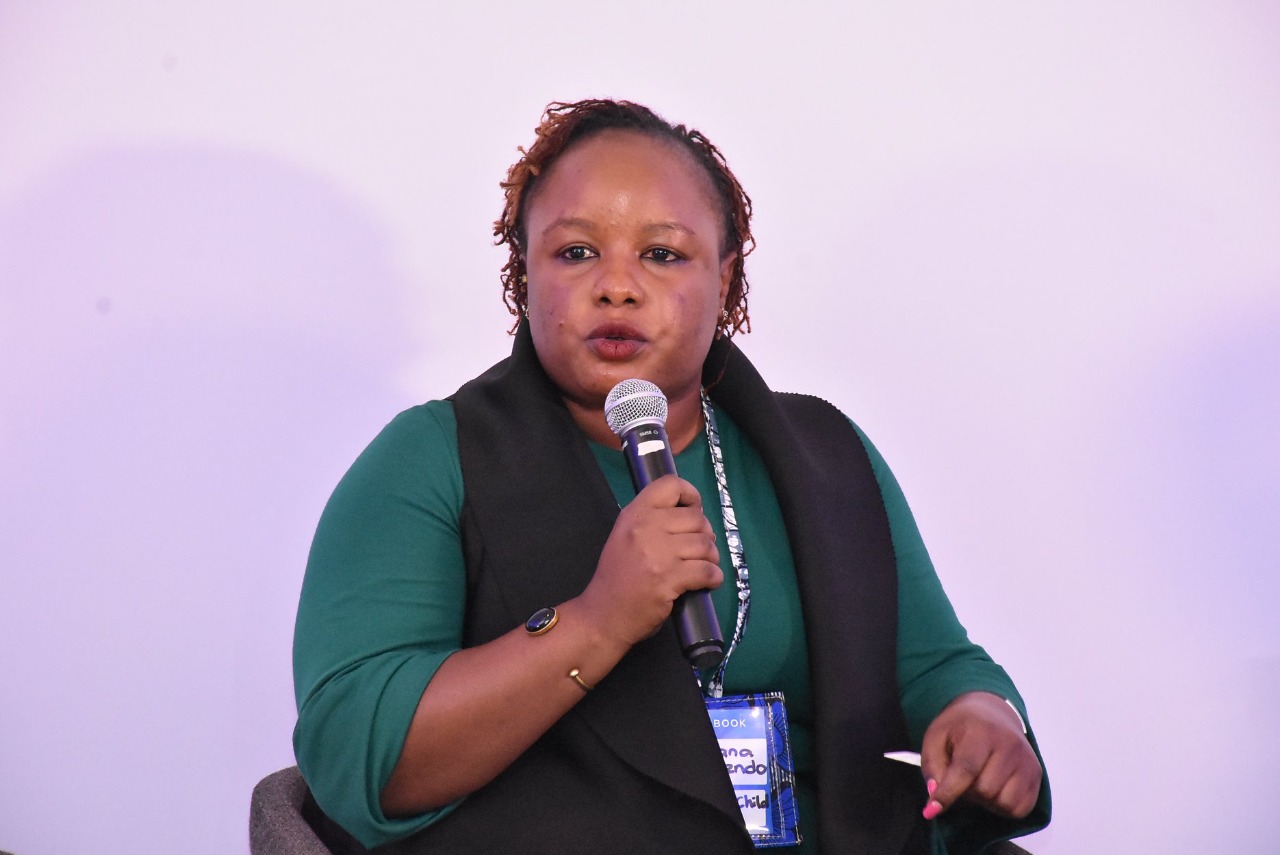
2. Walk us through the journey of establishing Missing Child Kenya and running it over the years. Highlight some of your biggest wins and what you would consider as the lowest moments running this organisation.
In response to the lack of a national database for missing children, I founded Missing Child Kenya in July 2016, a nonprofit community-led initiative that uses technology and crowdsourcing to search, trace and reunify missing, displaced, lost & found children.
“Missing Child Kenya operates the only toll-free helpline in Kenya 0800 22 33 44 dedicated to responding to the emergency needs of missing, lost and found/ displaced children but also link them to services for their short/long-term care and rehabilitation.”
When I started Missing Child Kenya, I looked for agencies from other African countries to learn best practices. To my surprise, I only found two: in Egypt and in South Africa. The lack of dedicated services and a supporting legal and policy framework for missing children is not a problem unique to Kenya only. I found myself alone trying to make sense of an uncharted phenomenon.
Since inception in July 2016 to November 2020, Missing Child Kenya has found and reunited 496 children with families, committed 73 children to Government homes for safe care and custody, documented 21 children as deceased, and are still searching for another 190, making that a total of 780 children in the case files.
“I have my happiest moment, every time that we issue an alert stating – CHILD FOUND, and my lowest moments are for each of the 21 times we have had to issue an alert - CHILD FOUND DECEASED”.
The organisation does not exist in a vacuum. We work collaboratively with the Government and I am a founding member of the technical working group spearheaded by the Department of Children’s Services that has been working to develop standard procedures for missing children in Kenya.
“Ultimately, my big dream is to use the model framework of operations for missing children in Kenya to create a community of practice for Africa, starting with the East African Community as we progress outwards to the rest of the continent.” I love such dreams, especially when it is a woman dreaming.
3. You are an alumna of a Harvard Kennedy School custom executive program, and in 2020 you won a fellowship. Briefly tell us about the fellowship and what you hope to achieve?
As an emerging front-runner on the issue of missing children, Maryana was nominated by the Aga Khan Foundation East Africa for a Leadership for the 21st Century Africa cohort at Harvard Kennedy School in 2018. In 2019, she was awarded and recognised as Top 40 under 40 Kenyan Women for her outstanding work as Kenya’s first champion for missing children’s rights. Consequently, in June 2020, she was nominated as the Eisenhower Fellow-Kenya, for the Eisenhower Fellowships Fall 2020 Women’s Leadership Program.
“My journey in leadership has been to work hard and create national and international partnerships on the issue of missing children to amend laws, enhance data sharing, and timely reporting of the missing children, which I hope to achieve through these fellowships”.
Partnerships and alliances are very key in my line of work. I am the coordinator for Kenya, for the Rotary Action Group against Slavery (RAGAS), formally recognised as a Rotarian Action Group by the Rotary International (RI) Board, and works closely with organisations dedicated to ending human trafficking.
As the Kenyan Coordinator and Board Member for the RAGAS, I believe that the time to start integration and constructive use of technology to fight human trafficking is now. “Through technology, we can work together for the protection of human rights, education, exemplary citizenship, the community, advocacy, and business.”
4. What does the future of technology and AI (Artificial Intelligence) hold for missing Kenyan children and their families?
Missing Child Kenya signed a landmark partnership with Italian Missing Children Institute to provide support for forensic imaging, photographic manipulation techniques, facial reconstruction techniques, adult age progression, and photo repair of our database of missing Kenyan children.
The usefulness of applying this technique lies in updating the missing children’s mug shots every two years and, for individuals over the age of 18, every five years. In this way, it is possible to circulate images consistent with the age of the missing child and therefore, make their search more effective. I am really excited about this; so far, we have worked with four families to begin this project.
The poster below is of the first case we ever dealt with of Anita Njeri Nyambura, who went missing in 2016. Missing Child Kenya worked with the family to provide images of the missing child by simulating changes in her appearance over the years. With facial recognition technology, parents with missing children are encouraged to know we haven’t forgotten their missing child.
5. How do you describe yourself, Maryana?
I am a people’s person. I enjoy meeting and working with different people and am known for being a great listener and a clear communicator. I engage easily with people from all walks of life, my favourite audience being children.
I am also fun-loving with a wicked sense of humour that has enabled me to laugh at myself and pick myself up again every time I felt I had not succeeded at something?
Other people will say that I am primarily ambivert, simply put, an outgoing introvert.
5.If you were to choose a value that is most important to you that you live by and that shapes the way you work and live, what would that be and why?
Collaboration.
My main driving value in what I do is collaboration. “Through collaboration, I have formed strong alliances for lobbying on policy review and community-driven cultural change. We have managed to use collaborative vehicles for change to lead campaigns and conversations about missing children.”
Locally, Missing Child Kenya has partnered with top teams in the Kenyan Football League; Gor Mahia and AFC. Internationally, they have partnered with European League Football Club AS Roma. Recently in 2020, we partnered with BBC Africa in the investigative Docu-Series – The Baby Stealers.
From these collaborations, Missing Child Kenya has reunited children with their families due to awareness created about their cases and sparked national and international conversations on the state of missing children in Kenya.
“Protecting children is a shared responsibility of governments, law enforcement authorities, parents, guardians, caregivers, and the community. It takes a village to raise a child - and with technological advances, the global village is now borderless and digital.”
6. Now that we agree that protecting children is a shared responsibility, how can the public support the work Missing Child Kenya does?
Missing Child Kenya depends a lot on the social good of individuals across Kenya.
“When you follow our Facebook and Twitter profiles and share a missing child alert, you are making your much valued individual contribution to reuniting a missing child with their family; you are our eyes and ears on the ground.”
We are champions of open data; anyone can search through the online image poster database by simply using #MissingChildKE
We are lighting a candle of hope to guide these children back home to their loving families. We do not want to blow out the candle ever, especially during the night. We are therefore seeking collaborative support partnerships to upscale to 24 hours operation so that we can continue to assure parents that we have not forgotten about their missing children.
I have learnt that it is not just about expanding the hours of our toll free line from 12 hours to 24 hours, but also expanding the network of other organisations in the child protection ecosystem for a 360 degrees referral mechanism that is ultimately in the best interests of the child.
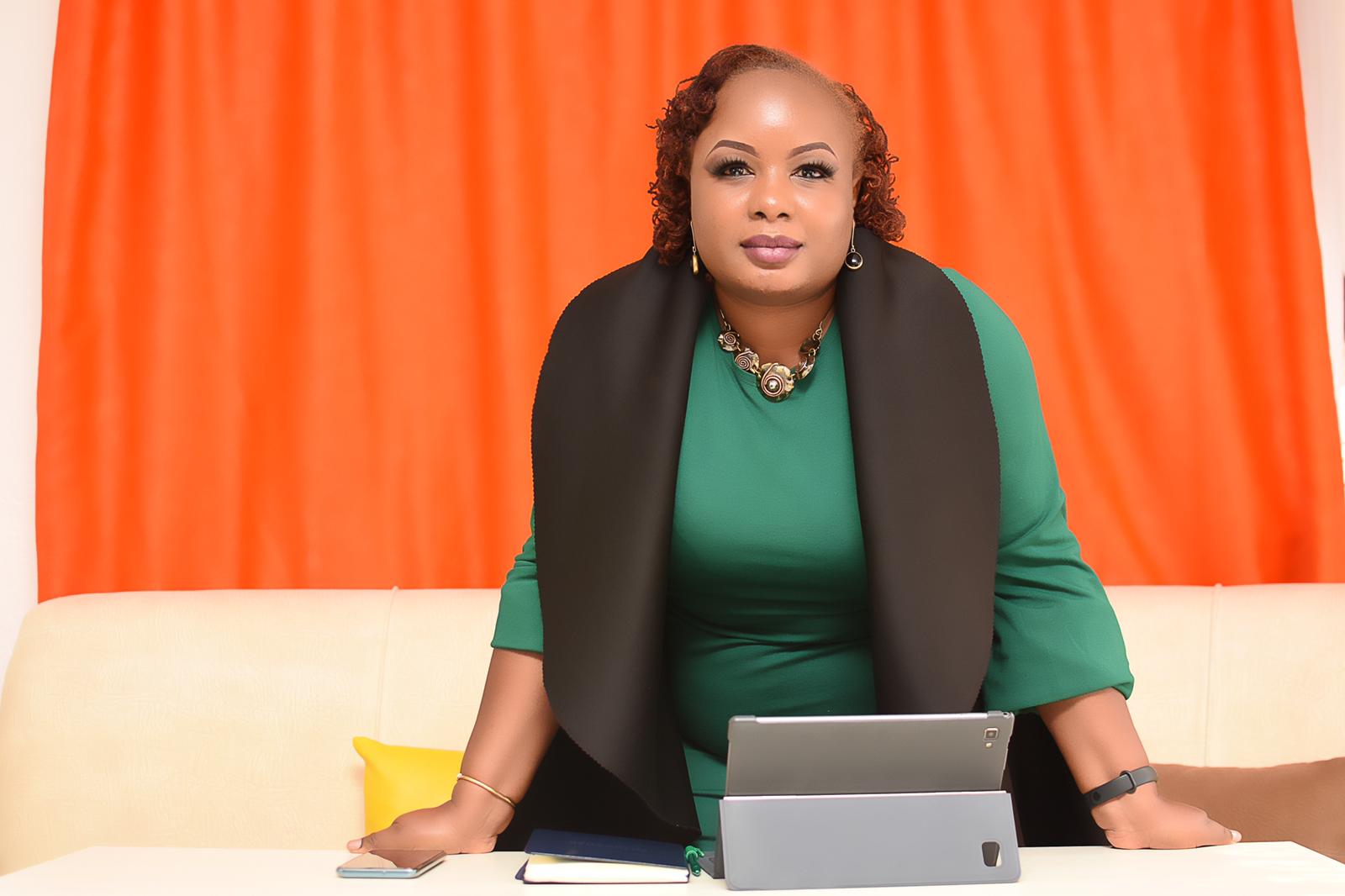
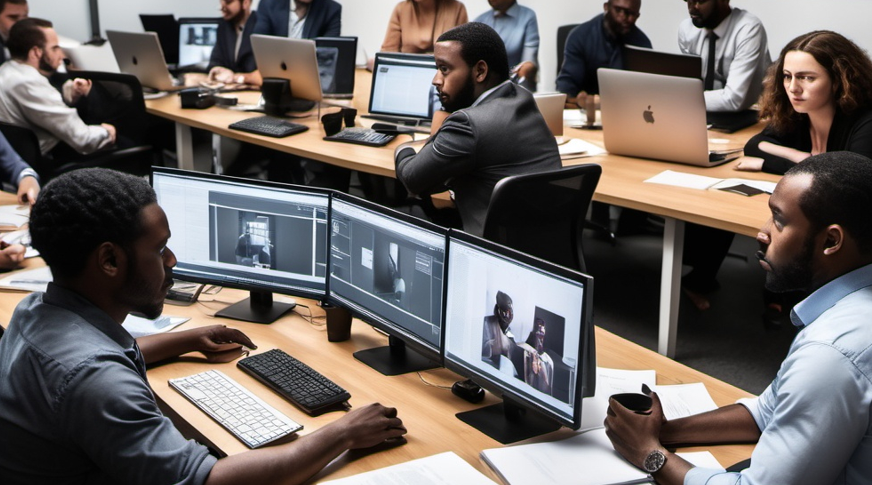
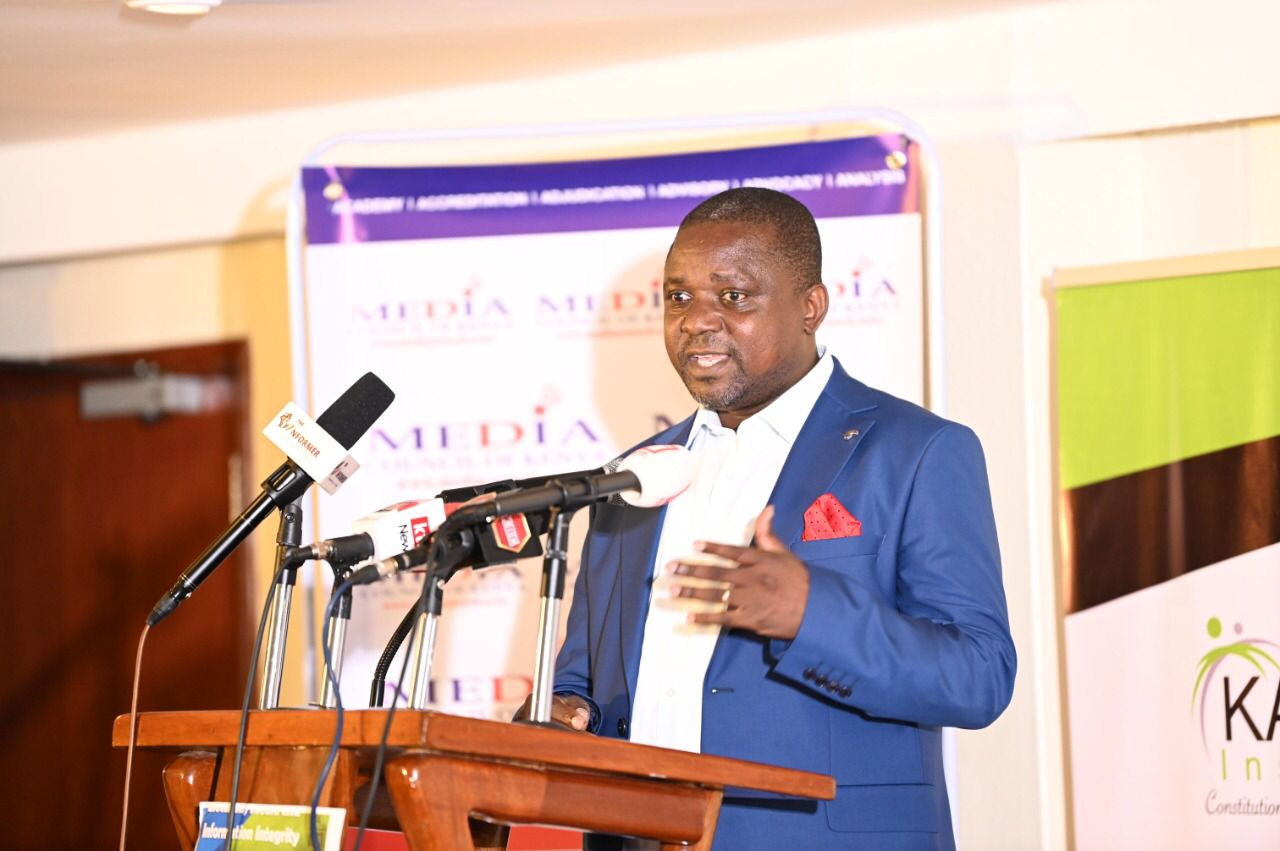
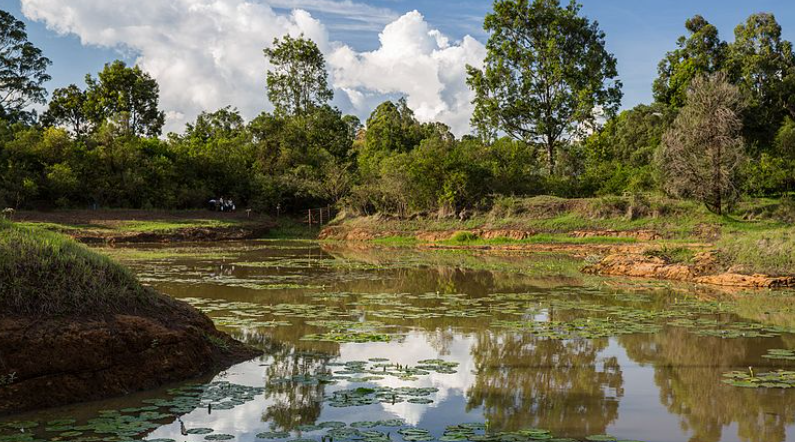
-1726720406.jpg)
